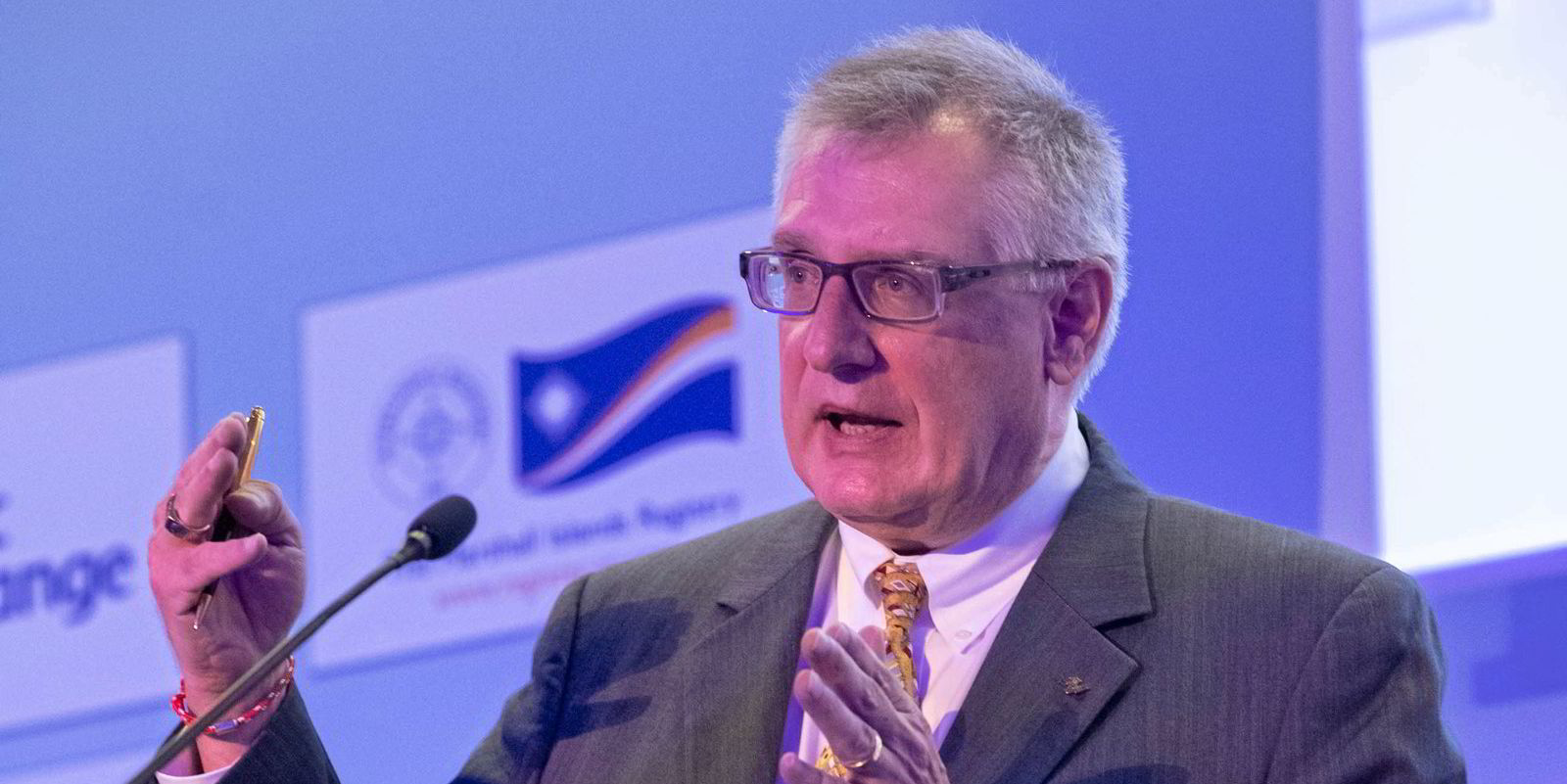Two things are going to be required for the energy transition: pilot projects to enable the industry to figure out what solutions are practical, scalable and sustainable, and training to deliver the diverse new skill-set needed to manage the transition to alternative fuels.
This article is part of a series written by people across shipping in response to this question about how to deploy a hypothetical TradeWinds Sustainable Shipping Fund:
How, where and why would you invest $1bn for the best return in sustainable shipping, as the industry grapples with the need to cut carbon emissions, improve efficiency and keep cargoes moving in a world facing multiple economic and political challenges? The investment will be made now and ideally held for the next seven years to the end of the decade. As an added bonus, give one policy or regulation you would like to implement from 1 January 2023 to benefit shipping?
I would use the fund to support both.
Investing in pilot projects to accelerate shipping’s collective learning curve will be instrumental in achieving decarbonisation ambitions. However, unlike say energy-efficiency technology retrofits, many of these projects concerning the adoption of new propulsion technologies will be challenging to fund commercially but are necessary to advance the industry.
Technologies such as fuel cells, bunkering technologies for alternative fuels and onboard installations such as carbon capture are all areas where we need to rapidly grow our knowledge and experience — but commercial gravity may not deliver in time. This fund could make a real difference here in the short to medium term.
The fund could also support the paradigm shift in operations we are going to have to manage with the introduction of alternative fuels. We need to consider the people we will expect to drive this transition from the conventional power of the past 50 years or more.
The propulsion solutions coming down the track are going to be materially different, not to mention dynamic and associated with a range of new risks. If safety is to remain the watchword of this industry, then we will need to ensure that our seafarers are given the investment in skills and training to handle these new operational requirements.
New regulation
Safety is a boundary condition when it comes to alternative fuels and decarbonisation strategies such as engine power limitations.
The IMO really needs to address the unintended safety consequences that will inevitably be born out of the rush for lower carbon operations.
It needs to be asking if the International Convention for the Safety of Life at Sea is ready to handle what is to come? They need to be revisiting the International Safety Management (ISM) Code and looking at the wider fabric of existing regulation to see if it fits together and if it is fit for purpose. ISM should be the future framework for safety and security in shipping.
One of the most challenging issues that shipowners are faced with when drafting their decarbonisation strategies is making sense of how they could evaluate solutions that will drive their carbon intensity lower — particularly when considering what impact the selection of a fuel pathway would have on their overall success.
What we see currently is a lack of a “lingua franca” — a common language and approach to evaluating fuels and their overall environmental impact. Although lifecycle is being discussed at the IMO, decisions have to be taken now — and a universally accepted framework to address that is missing.




